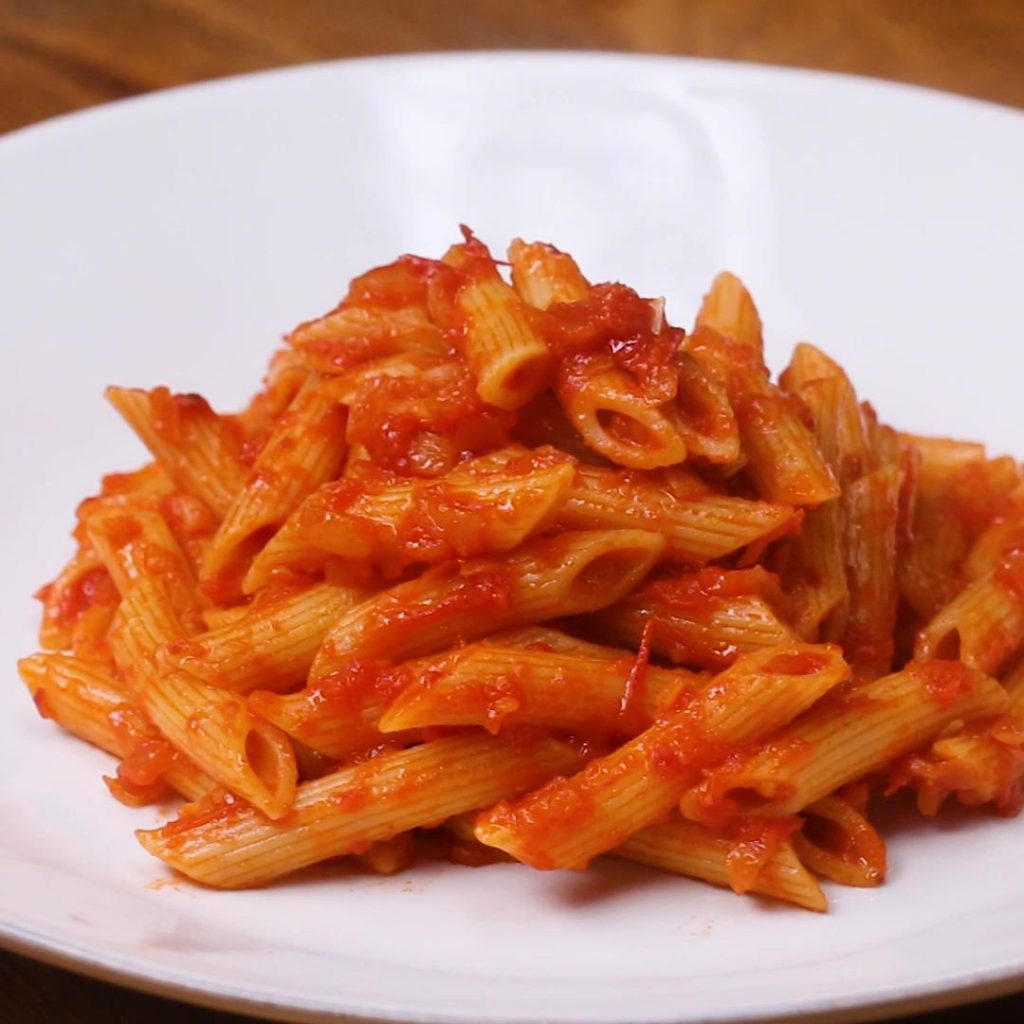Pasta is one of the most beloved foods worldwide. It is no wonder since this pasta is produced in so many formats, thicknesses and ingredients, that the dishes made with this ingredient are often versatile and immensely distinct. This praiseworthy variety results from the most diverse combinations between the pasta and the various sauces developed for it. In this article, we will understand a little about the science of how to combine pasta with sauce.
Even though there is a huge variety of pasta and sauces, it is crucial that during the preparation, the culinary traditions and techniques that determine that this variety must be precisely managed and respected by Cooks and lovers of this food, as well as the combinations need to follow some important rules to avoid waste and misuse of the ingredients.
In other words, knowing how to combine pasta with sauce involves paying attention to each type of pasta and to the sauces developed to accompany this pasta. We will understand how the combination should be made to highlight the best of each ingredient and offer you a unique gastronomic experience.
A sauce for each dough
Many believe that sauces and pasta need to be supplemented so that the taste of each recipe remains unique and unmistakable. This perception is attributed to the most conservative, but it is correct. It is essential to prepare the sauce for the dough and not the other way around.
We can compare the sauce to an accessory created to set the central highlight, which is where we will apply it.
Fresh pasta
Fresh pasta represents a slightly higher level of sophistication, and when it comes to taste, these pastas do not leave to be desired. Due to the preparation of this pasta, they tend to more easily flesh the flavour of the ingredients used to accompany the dish.
For this reason, it is common for experts to give preference to the use of light sauces produced with tomato sauce and olive oil. It is worth noting that this is not a hard-and-fast rule, given that it can use fresh pasta to prepare various types of pasta, where each shape of pasta can react differently to a sauce.
But if you do not want to miss the dose, you can use the traditional tomato sauce to accompany the traditional Spaghetti, made with fresh pasta. This sauce can highlight the natural taste of fresh pasta without stealing the scene.
Spaghetti also goes well with buttery sauces and accompanied by seafood. If you know how to balance the texture and taste of these sauces with the unique aroma of some spices and vegetables, the dish can become even more complete and tasty.
On the other hand, if you’re working the dough into a flatter noodle format like Tagliatelle, using a more full-bodied sauce like the four kinds of cheese or bolognese can offer a richer experience. In these cases, the influence of the sauce can be of help to guide and highlight the flavours present in the dough.
Fresh pasta with filling
Fresh pasta with filling needs special attention when choosing sauces. Because of the taste present in the filling, it is essential to select a condiment that can highlight the nuances of the dough’s filling but without losing its presence in the dish’s composition.
To meet the need for pasta such as Capeletti and Ravioli, the secret is to invest in a sauce of balanced acidity, made with olive oil and tomato sauce, tomato sauce and butter, or tomato sauce accompanied by very aromatic spices.
Other sauces can accompany the fresh stuffed pasta; however, the delicacy of the flavours present in these pasta formats is essential in balancing the sauce and the dough.
It has already been noticed that there is no rule of how to combine pasta with sauce, but there are some characteristics of the pasta that can help you in choosing the sauce.
Pre-cooked pasta
Without a doubt, pre-cooked pasta is the most popular, especially for quick preparation in daily food. But even more common, if you know how to combine pasta with sauce, family lunch can end up becoming an unforgettable experience.
One of the most versatile and tasty pre-cooked pasta noodles is Penne. This pasta in tubular form can be prepared with traditional sauce, made from tomato and olive oil, but can also be prepared with white sauce and other sauces richer in flavour.
Fusilli pasta, in turn, can withstand some sauces richer in flavour, as is the case with Bolognese sauce, but it can also be prepared with a gravy sauce. Some people in coastal regions enjoy the preparation of this pasta with tomato sauce accompanied by seafood.
Capellini pasta, in turn, interacts best with light sauces. It happens because of the physical characteristic of the dough, which, because it is thinner, does not react very well to sauces of greater consistency. Therefore, when preparing this type of pasta, you can have very satisfying results if you use a mild sauce, such as tomato sauce, or the traditional sauce accompanied by butter. This pasta also responds well to a preparation with olive oil and garlic, traditionally known as garlic and oil.
If you intend to try a more elaborate sauce, such as Alfredo and carbonara sauce, it may be appropriate to use a more flattened pasta, as is the case with Fettuccine. This pasta can interact well with these denser sauces and give a unique flavour to the dish without other side dishes. In the case of this pasta, if the sauce is simple, it is possible to use some herbs and vegetables to enrich the flavour and fragrance of the sauce.
If you want to try the best sauces with the best pasta formats and varied types of pasta, visit our restaurant.
Now you understand how the chefs and the cooks choose a sauce for a pasta, but if you would like to taste the best one, come to American pasta!

